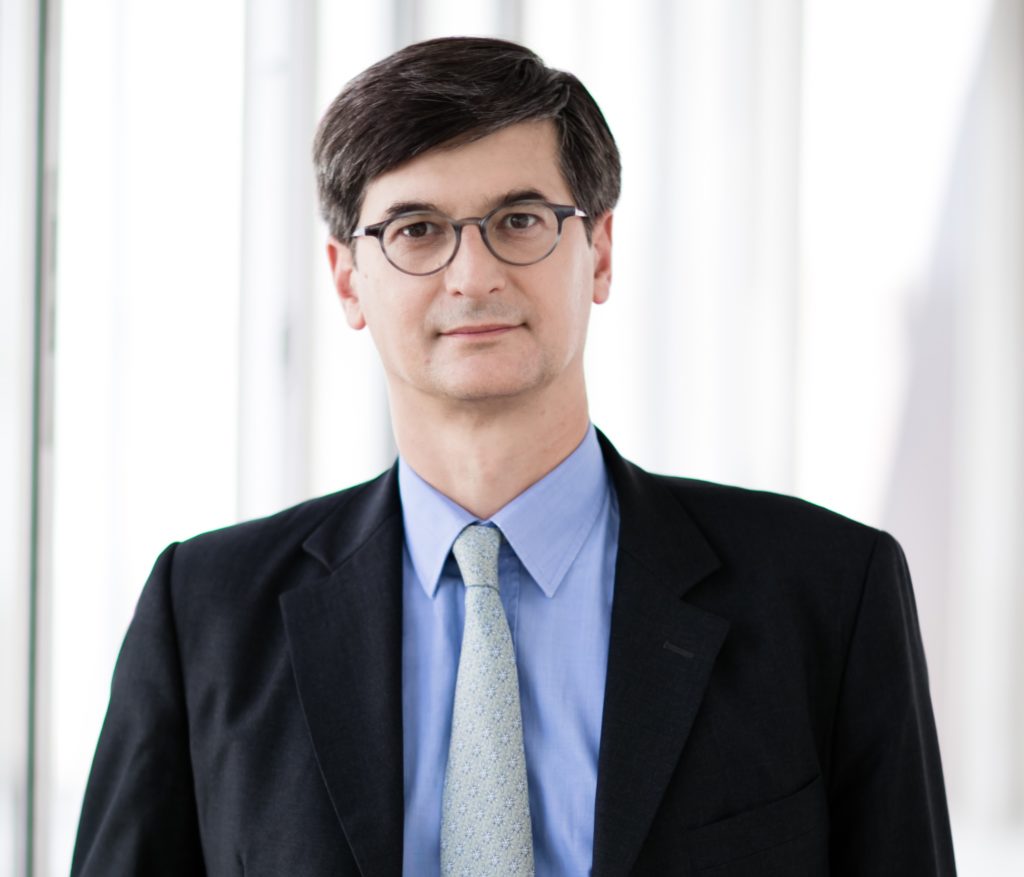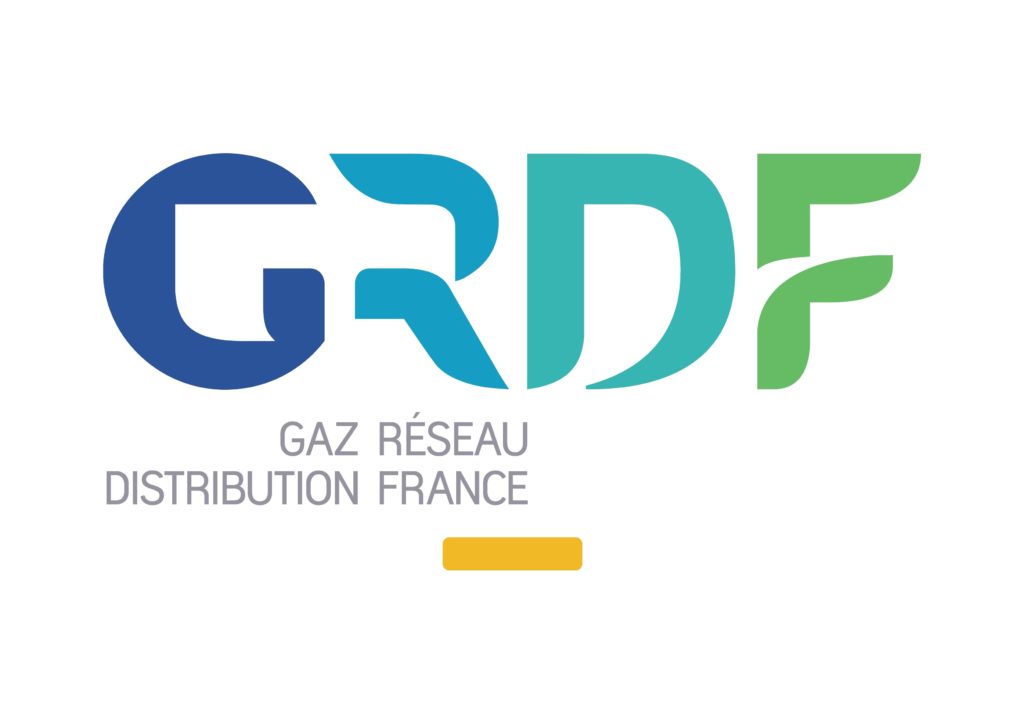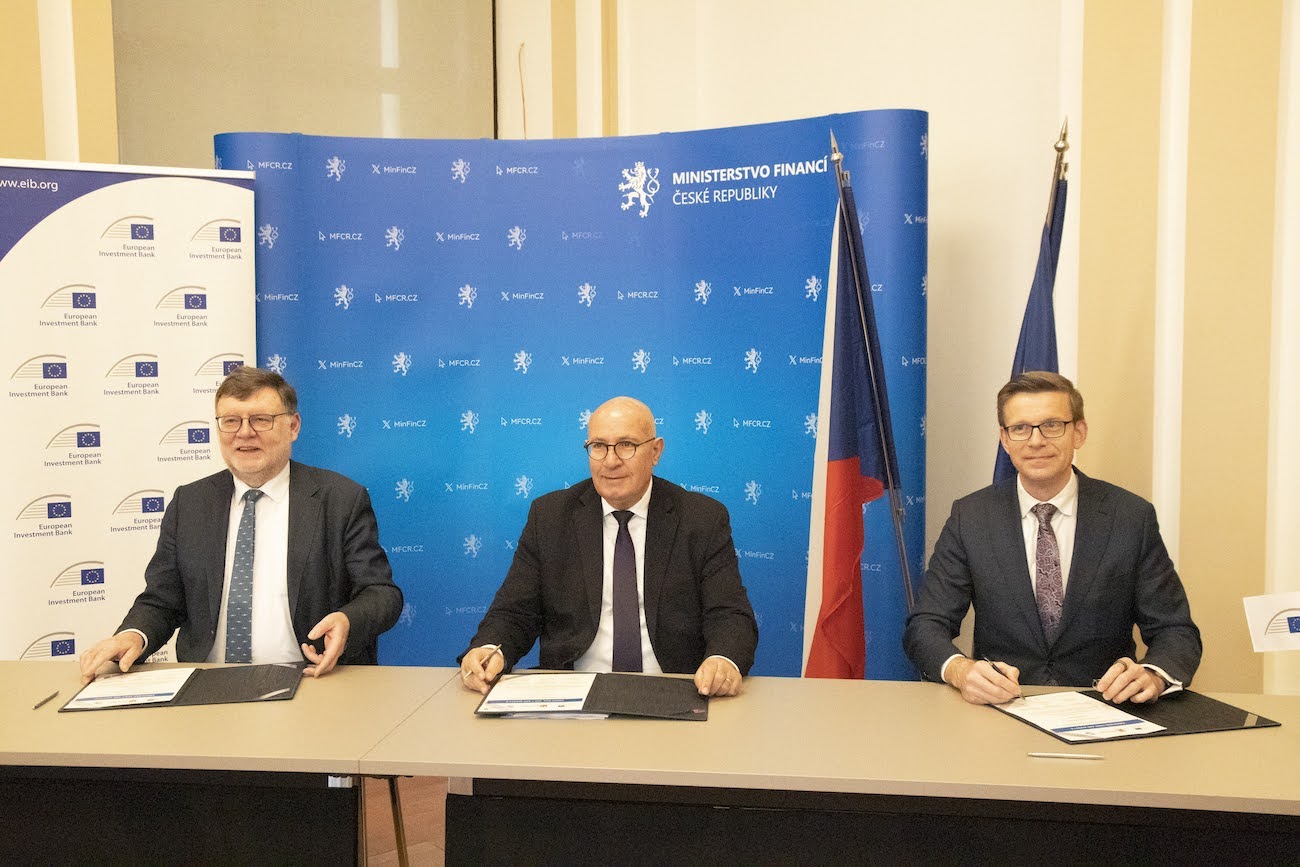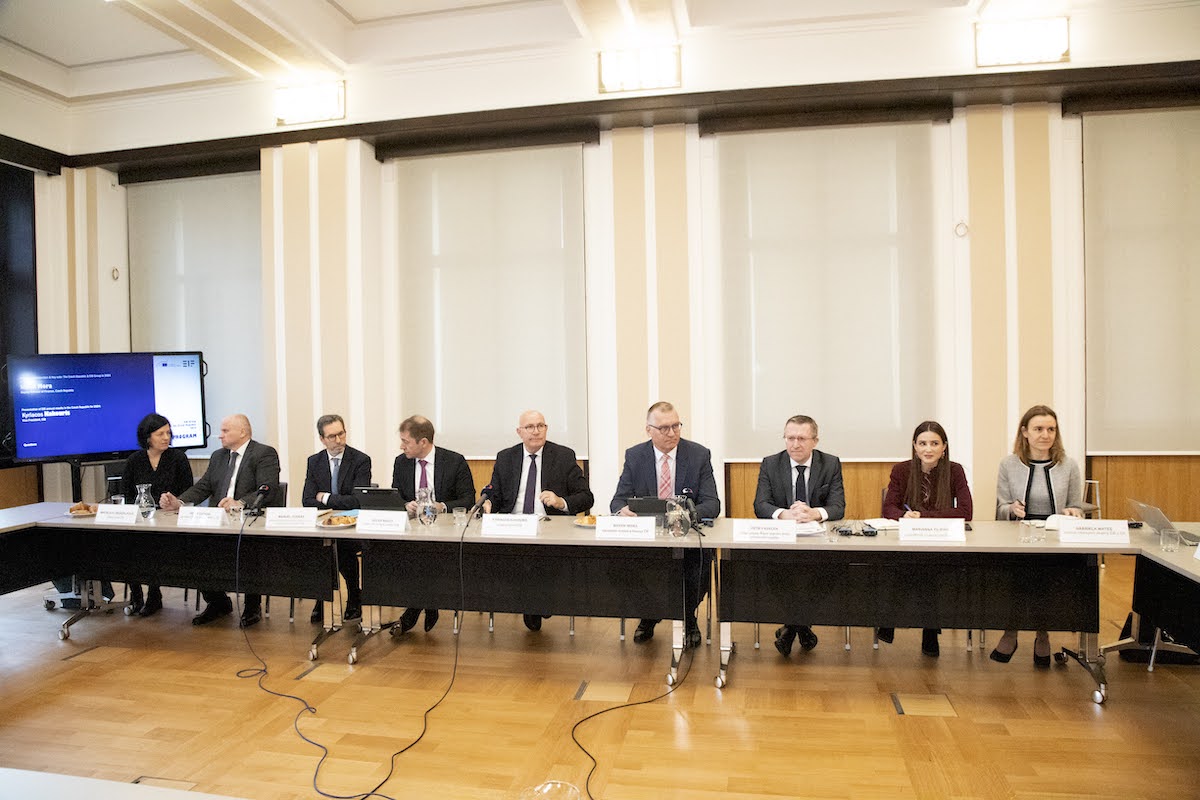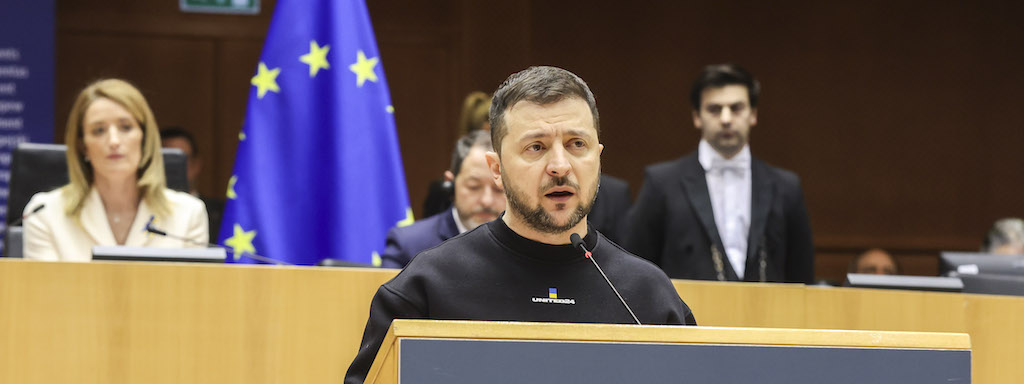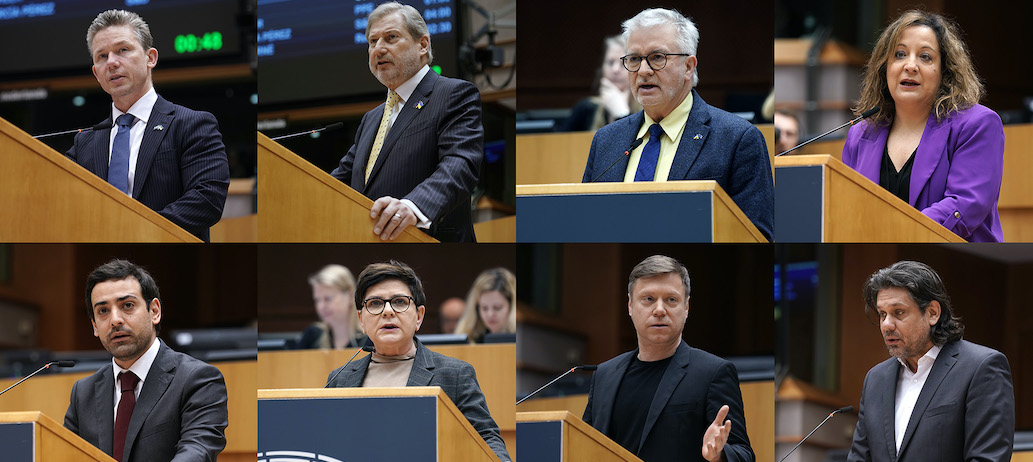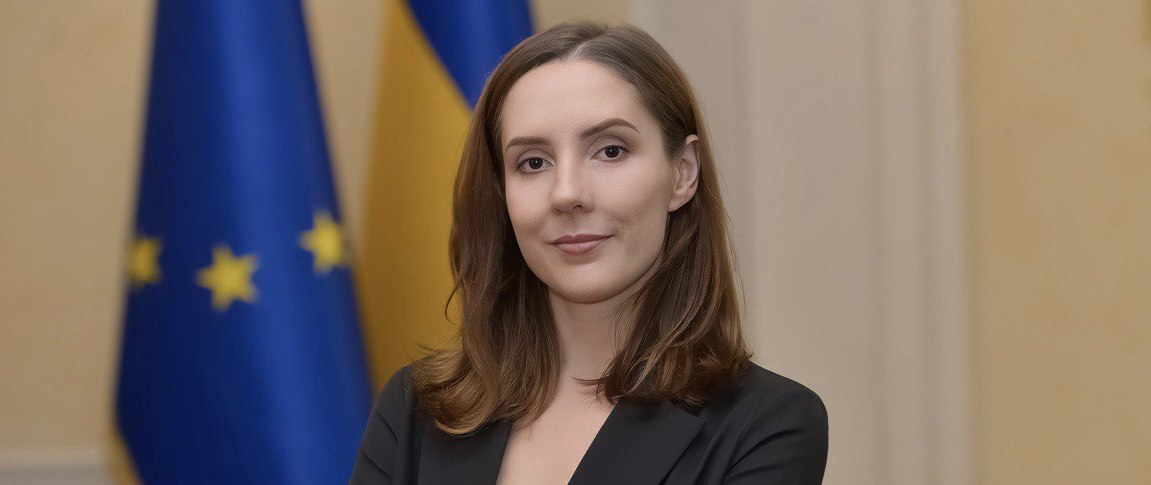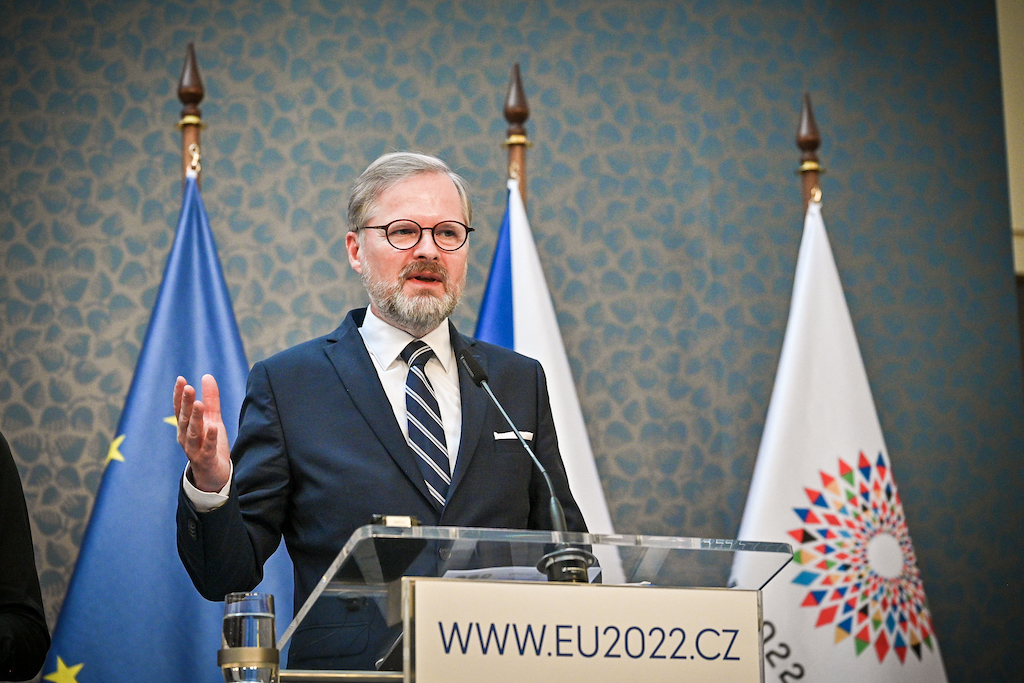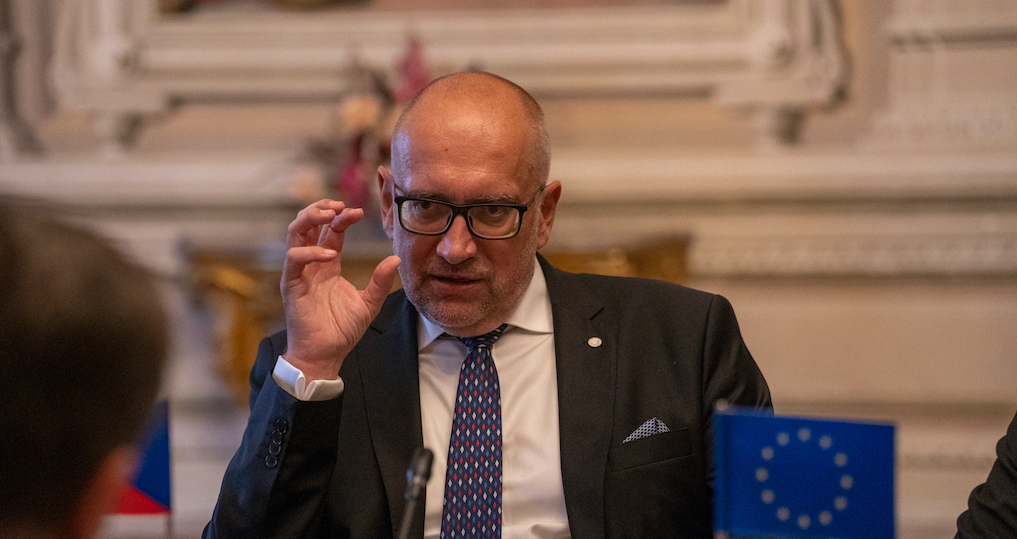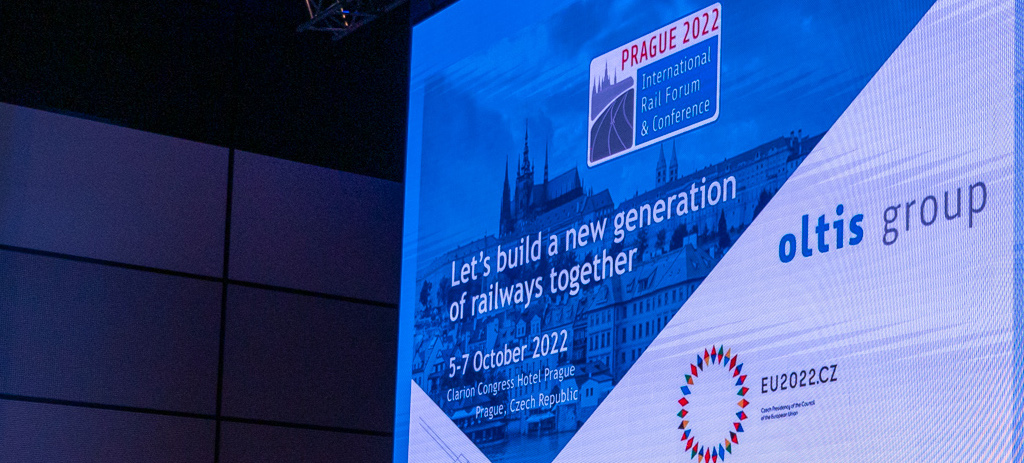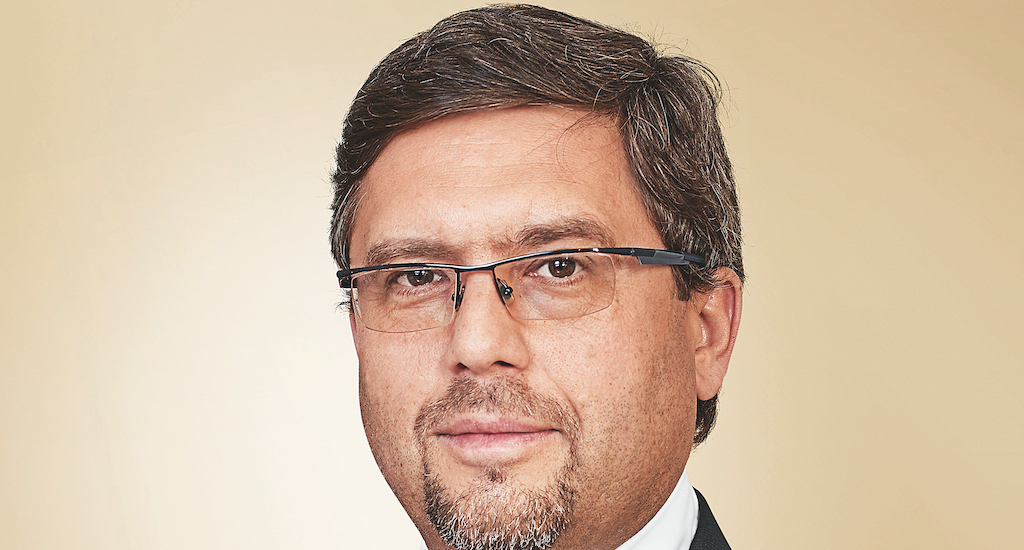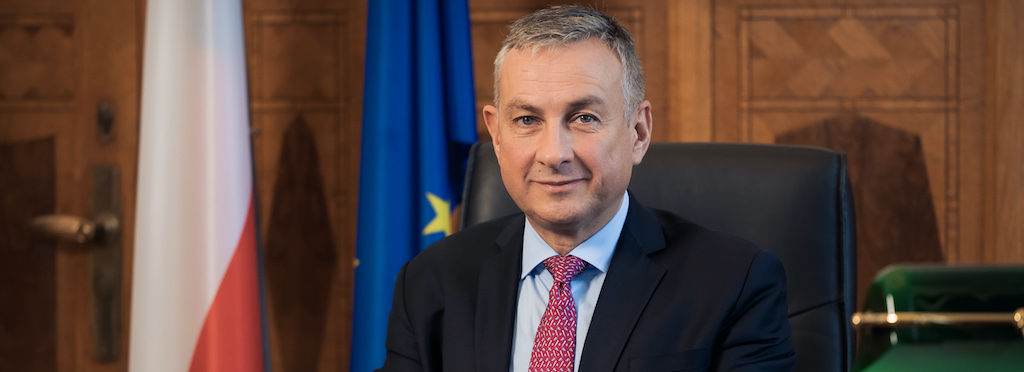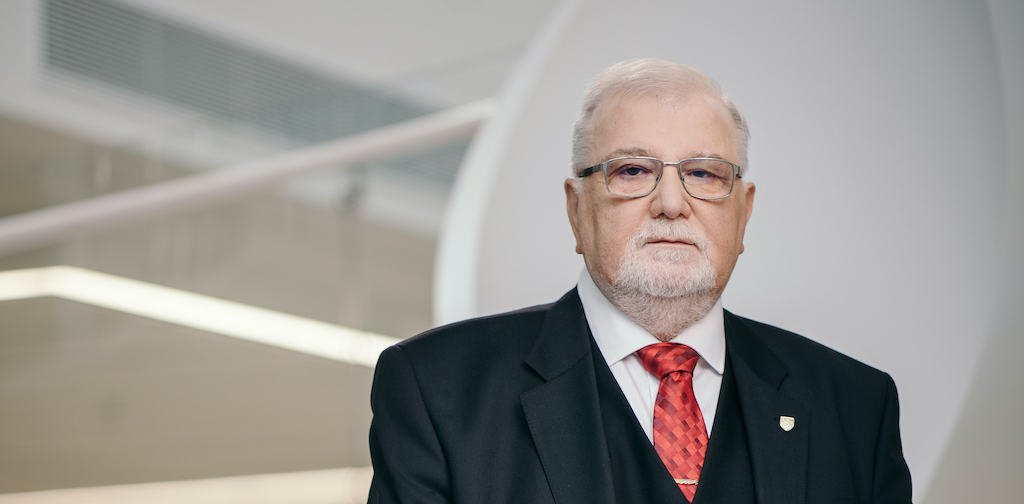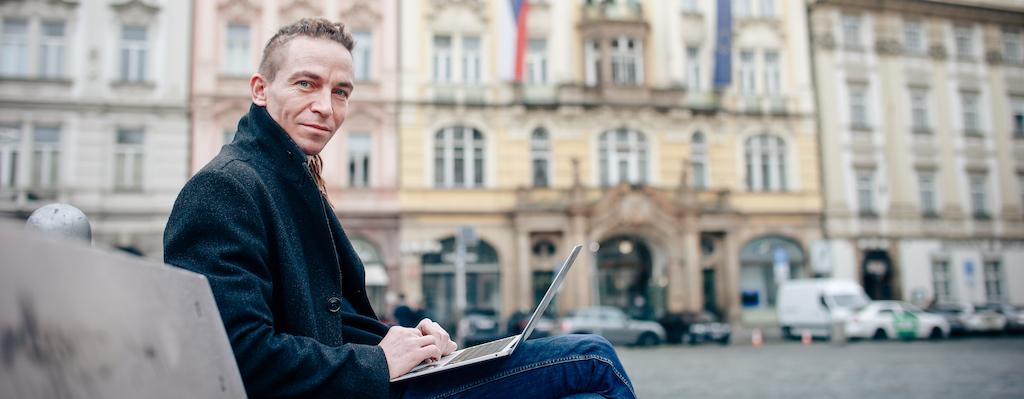Can you tell us about GD4S and how it is positioned to meet the objectives of the European Green Deal?
GD4S is an association comprising six European gas distributors (France, Italy, Spain, Portugal, Romania, Ireland). It accounts for a total of 27.4 million consumers, the equivalent of 20% of the European market. GD4S members are agreed on a decentralised, digitalized and carbon-free vision of tomorrow’s energy landscape and in this, believe that gas distributors have an important role to play.
GD4S enthusiastically welcomes the Green Deal and the association supports the aims of climate neutrality and resource efficiency. The Green Deal is a chance to boost the development of renewable gas for an efficient energy and climate transition.
The four fundamental points of the Commission’s Green Deal proposal are as follows:
European climate ambitions: how can GD4S support these ambitions?
To achieve the very ambitious goal of climate neutrality by 2050, the European Union will gain significantly from involving gas distributors as catalysts for the energy sector transformation. In fact, more than 90% of renewable gas production units are decentralised and connected to the distribution networks. GD4S proposes that a European renewable gas consumption target be adopted to accelerate the gas sector’s contribution to decarbonisation. By 2050, the gas we use may become fully renewable, thanks to the development of European potential and the reduction in consumption.
Clean, safe and affordable energy: how can gas be a useful channel to reach this objective and what are your expectations in terms of regulations?Gas can become renewable and low-carbon thanks to biomethane, synthetic methane and green hydrogen. Biomethane, produced from the fermentation of organic matter, is already a reality today. Gas will continue to play an essential role in meeting the seasonal and daily patterns of energy needs, thanks to theimmense storage capacity of gas networks. In addition, natural or renewable gas is, of course, the preferred channel for the phasing out of coal.
The Commission rightly includes a “smart integration strategy across sectors” as part of the Green Deal. This is an opportunity to implement the complementary strengths of the gas and electricity networks. In the upstream part, that of “power-to-gas”, there is the possibility of producing and storing excess renewable electricity in gaseous form. In the downstream part, with close proximity to consumers, hybrid heating equipment combines the advantages of gas and electricity.
The intended revision of the TEN-E regulation (on European energy networks) would improve its relevance by redirecting funds reserved to support cross-border projects, towards more local renewable gas and network integration initiatives.
Developping a circular economy through an industrial strategy: how can the gas sector contribute to this objective?
Biomethane fits into a circular economy through the use of organic waste and the production of digestate (an organic fertilizer). Agriculture, agro-food industries and municipalities would gain much from treating their organic waste through anaerobic digestion and should be legally motivated to do so.
The same reasoning could be extended to the forestry sector and its related industries (papermills, wood) through pyro-gasification. Pyro-gasification is a technology that produces biomethane from dry matter.
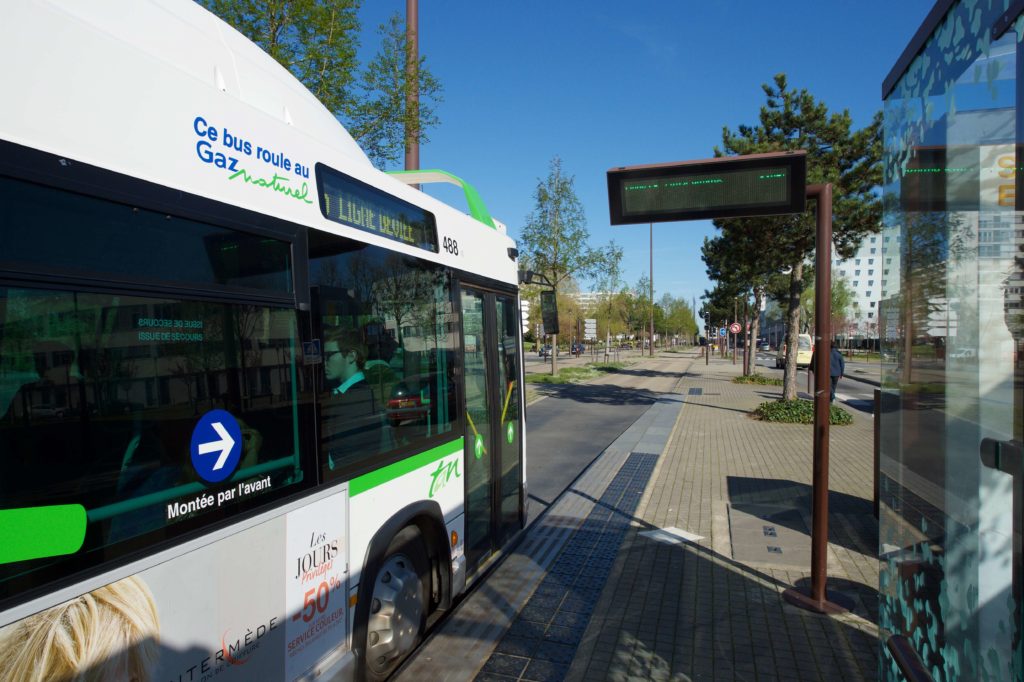
An intelligent and sustainable mobility: what are the particular strengths of gas and what challenges impose constraints on its development?
Given its strengths, BioNGV has a valid position in a carbon-free energy mix. This eco-friendly fuel responds to the complex challenges of pollution and air quality, and contributes effectively to thedecarbonisation of the transport sector. The calculation of a vehicle’s greenhouse gas emissions must be based on a Life Cycle Analysis (LCA). It is a method that takes into account the manufacture of the vehicle, its use and its recycling. An IFPEN study* shows that in LCA and in many segments, vehicles supplied with BioNGV have a better carbon footprint than electrical vehicles.
In summary, what are your legislative expectations for gas distributors to be one of the major players in the European Green Deal?
Future legislative proposals must take into account the potential of renewable gases and eliminate the barriers impeding their development.Decentralised, renewable and storable energy is a major asset for achieving carbon neutrality. Thus, the implementation of a specific renewable gas target in Europe would give visibility to investors and clear direction to member states and local communities. Greater and more innovative funding is also essential to achieve change that addresses the challenges posed across Europe.
* IFP Energies nouvelles, “LCA study of vehicles running on NGV and BioNGV”, September 2019.




